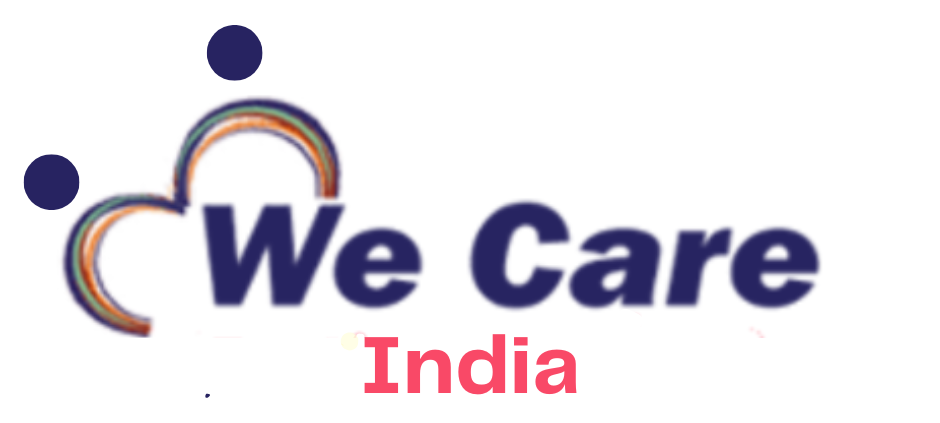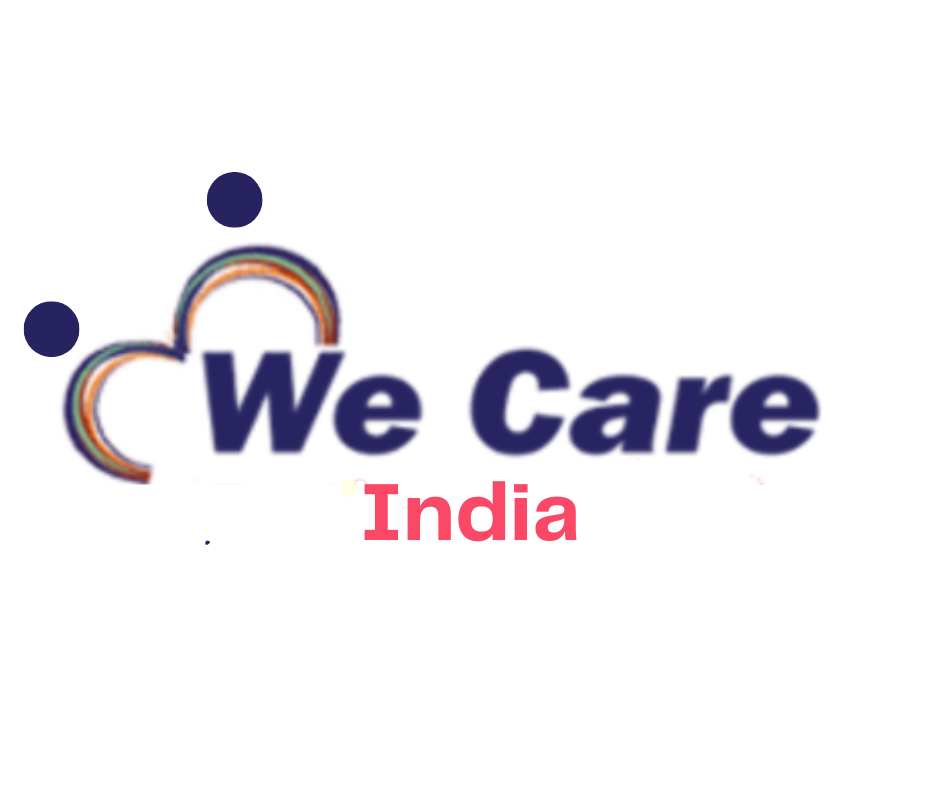Varicose veins are an abnormal and swollen blood vessel which has been caused by a weakening of the vessel wall. These are the veins which might appear as clusters of blue or purple veins. Sometimes these veins are surrounded by thin a red capillary which is known as spider veins which is a group of small blood vessels that has been located close to the surface of the skin.
The varicose veins can appear anywhere in the body but more often they will appear on the legs and in the pelvic area. Most of the varicose veins developed near the surface of the skin. Varicose veins those are deeper cannot be seen, but they may cause the skin to swell and become darker, or harden.
What causes varicose veins?
The valves which become weak or damaged can be a cause of varicose veins. Arteries carry blood from your heart to the rest of your tissues and veins that return blood from the rest of your body to your heart so that the blood can be recirculated. In this process of returning the blood to your heart, your veins in the legs must work properly.
In your lower legs, there is a muscle contraction which acts as pumps and elastic vein walls helps in returning the blood to your heart. There are tiny valves in your veins which open when the flow of blood is toward your heart and then close to stop blood from flowing backward. If these valves are damaged or weak then the blood will flow backward and pool in your vein which causes the veins to stretch or twist.
What are the symptoms of varicose veins?
Varicose veins may not cause any pain. The following are the signs and symptoms of varicose veins:
- Veins which are dark blue or purple in color.
- Veins which appear to be twisted and bulging; they often look like cords on your legs.
When there are painful signs and symptoms of varicose veins occur, they may include the following:
- You experience worsened pain after standing or sitting for a long time.
- When you feel heaviness in your legs.
- If you find skin discoloration around a varicose vein.
- You feel a burning sensation, muscle cramping, throbbing, and swelling in your lower legs.
- If you experience itching around one or more of your veins.
Spider veins which look like varicose veins, but they are smaller than varicose veins. Usually, you will found spider veins closer to the skin’s surface and they are often red or blue in color.
Spider veins are the veins which usually occur on the legs, but they can also be found on the face. Spider veins may vary in size and often look like a spider’s web.
What increases the risk factors of varicose veins?
The following are the factors that increase the risk of developing varicose veins and these are:
a) Age: With the increasing age, the risk of varicose veins is also increased. The increased age will cause wear and tear on the valves in your veins which helps in regulating the blood flow. Eventually, the wear that causes the valves to allow some blood to flow back into your veins where it collects rather than flowing up to your heart.
b) Pregnancy: At the time of pregnancy, the volume of blood increases in your body. This change will help the growing fetus; however, it can produce an unfortunate side effect due to which there are enlarged veins in your legs. The changes in the hormones during pregnancy may be one of the major risk factors which developed the symptoms of varicose veins.
c) Gender: According to the study, women are more likely to develop the condition of varicose veins because of hormonal changes during pregnancy menopause or pre-menstruation, etc. can be a factor as female hormones tend to relax vein walls. It has been found that hormonal treatments, such as birth control pills, may increase the risk of varicose veins.
d) Standing or sitting for long periods of time: The blood in your body will not flow if you are in the same position for a long period s of time.
e) Obesity: If your body weight is more than your body mass index (BMI) then it will put an added pressure on your veins.
f) Family history: If anyone in your family had varicose veins then there are greater chances that you will have varicose veins.
What are the treatments available for varicose veins?
The following are the treatments available for the varicose veins at the hospitals under We Care India and these are:
a) Compression stockings: These are the elastic stockings which squeeze your veins and prevent blood from pooling. If you wear these compression stockings every day then it will be very effective.
b) Sclerotherapy: Sclerotherapy is the non-surgical treatment option in which your surgeon will inject a chemical solution into the veins to make them collapse. The veins will no longer carry blood and eventually, they will disappear. You will find that the circulation of the blood is improving because the work of carrying the blood is shifted to nearby healthy blood vessels.
c) Microphlebectomy: In this procedure, your surgeon will insert a special tool by making small incisions and remove varicose veins. This treatment can be performed alone or with vein stripping.
d) Vein stripping: The condition of severe varicose veins might require a surgical procedure in which the surgeon will either removed or tied off through a small incision of the dilated vein in the skin. This surgery will be performed in the hospital by an experienced and skilled vascular surgeon.
e) Thermal ablation: This is a treatment in which your surgeon will use lasers or radiofrequency energy to treat varicose veins. Your surgeon will insert a tiny fiber into a varicose vein through a catheter. The laser or radiofrequency energy is used to deliver heat which helps in destroying the wall of the varicose vein.
f) Laser therapy: This is the most effective treatment for small facial and leg blood vessels. The blood vessel gets heated through laser therapy and the veins fade away.



